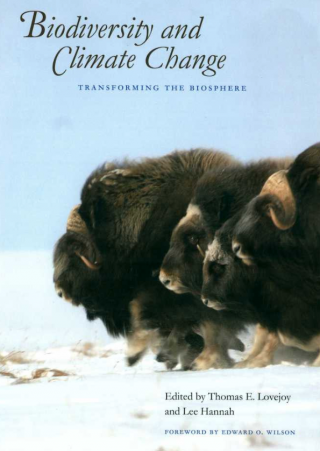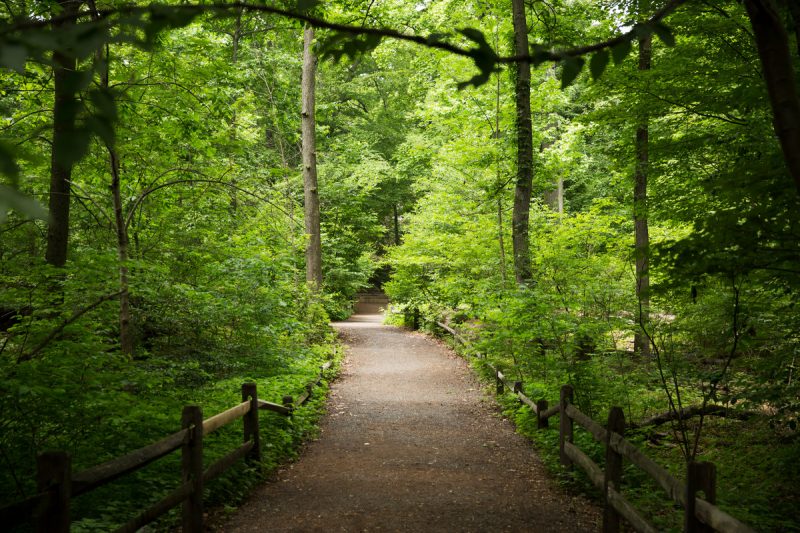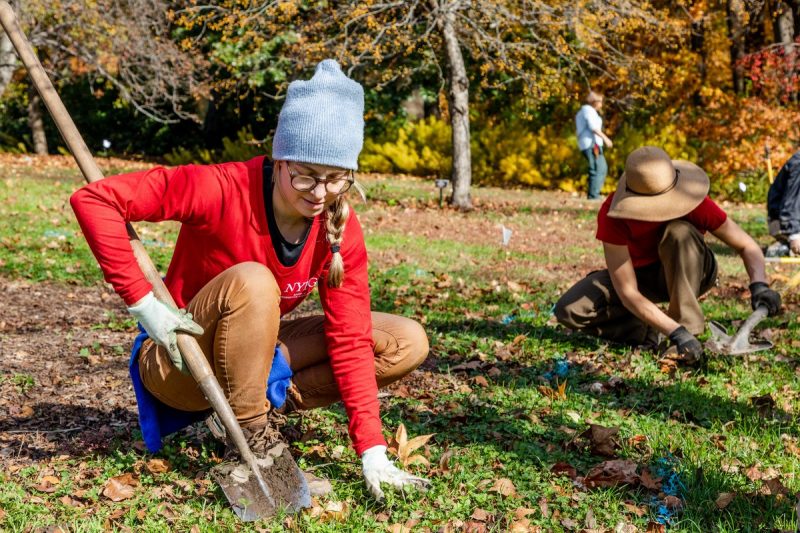Mitigating Global Warming: A Botanical Approach, Part 1
Posted in Books: Past and Present on January 7, 2019 by Brian Boom
Brian M. Boom, Ph.D., is Vice President for Conservation Strategy at The New York Botanical Garden.
 The convergence of two global environmental challenges—the growing number of endangered plant and animal species and the increasing impact of climate change—is the subject of an essential book that is being published on January 8, Biodiversity and Climate Change: Transforming the Biosphere. Edited by NYBG Trustee & Gold Medal Winner Thomas E. Lovejoy and Lee Hannah, it is a timely, seminal compilation of 28 articles written by renowned experts on diverse aspects of the complex interactions between these urgent problems. The publication “serves as a comprehensive account of this greatest of threats to humanity’s future,” writes eminent biologist Edward O. Wilson, a Distinguished Counsellor to the NYBG Board, in the book’s foreword. “It will serve both as a textbook and a call to action.”
The convergence of two global environmental challenges—the growing number of endangered plant and animal species and the increasing impact of climate change—is the subject of an essential book that is being published on January 8, Biodiversity and Climate Change: Transforming the Biosphere. Edited by NYBG Trustee & Gold Medal Winner Thomas E. Lovejoy and Lee Hannah, it is a timely, seminal compilation of 28 articles written by renowned experts on diverse aspects of the complex interactions between these urgent problems. The publication “serves as a comprehensive account of this greatest of threats to humanity’s future,” writes eminent biologist Edward O. Wilson, a Distinguished Counsellor to the NYBG Board, in the book’s foreword. “It will serve both as a textbook and a call to action.”
“A call to action” on climate change was a central theme of my recent post on Science Talk, but there’s much more to say about this subject. Among the many recommendations for action in Biodiversity and Climate Change are ones that botanical gardens are uniquely positioned to lead, in what could be termed a botanical approach to mitigating global warming. The approach involves using the natural power of plants to capture a major greenhouse gas, carbon dioxide, from the atmosphere through photosynthesis.
Photosynthesis has been basically understood for a couple of centuries. The game-changing breakthrough is that, according to new estimates, the proportion of carbon dioxide in the atmosphere that is derived from degradation and destruction of modern ecosystems, largely over the past 200 years, is much larger than previously estimated. In fact, it is now thought that the amount of carbon in the atmosphere from destroyed or degraded ecosystems is about equal to what remains in extant ecosystems. According to Dr. Lovejoy, this means that if humanity can orchestrate focused ecosystem restoration efforts on a global scale, along with safeguarding existing intact ecosystems, there is hope for plants to recapture and store much more carbon from the atmosphere, thus helping to mitigate global warming to a much greater extent than previously thought. Restoring ecosystems has the added benefits of safeguarding watersheds and enhancing biodiversity protection.

Botanical gardens have tremendous human and material resources to bring to ecosystem restoration or protection initiatives. In fact, a group of botanical gardens is already organized as the Ecological Restoration Alliance (ERA), and this effort could easily be scaled up. The New York Botanical Garden is an ERA member, and our most prominent, ongoing restoration project is in the Thain Family Forest
I very much like Dr. Lovejoy’s suggestion for people who feel overwhelmed by the global magnitude of climate change challenges—and who among us with a grasp of the consequences of climate change doesn’t feel overwhelmed at least some of the time? “In a simplistic way every individual can plant a tree or help restore a coastal wetland, much as people of all walks of life were widely involved in victory gardens during World War II,” he writes.

Every year, NYBG plants hundreds of trees on its 250-acre historic landscape, as explained here. I invite you to join NYBG in contributing to a botanical approach to mitigating global warming. Whether you live in an apartment and can nurture a small fishtail palm near a window or you have a yard with space for a mighty white oak, you can make a difference. If you learn more about your tree’s natural and cultural history, that knowledge will lead you to respect it and care about that species even more. Over time, as you watch your tree grow and thrive, you can do so knowing that you are its guardian and its partner in fostering a shared, sustainable planet.
Copies of Biodiversity and Climate Change: Transforming the Biosphere signed by Dr. Lovejoy are available at NYBG Shop here.

